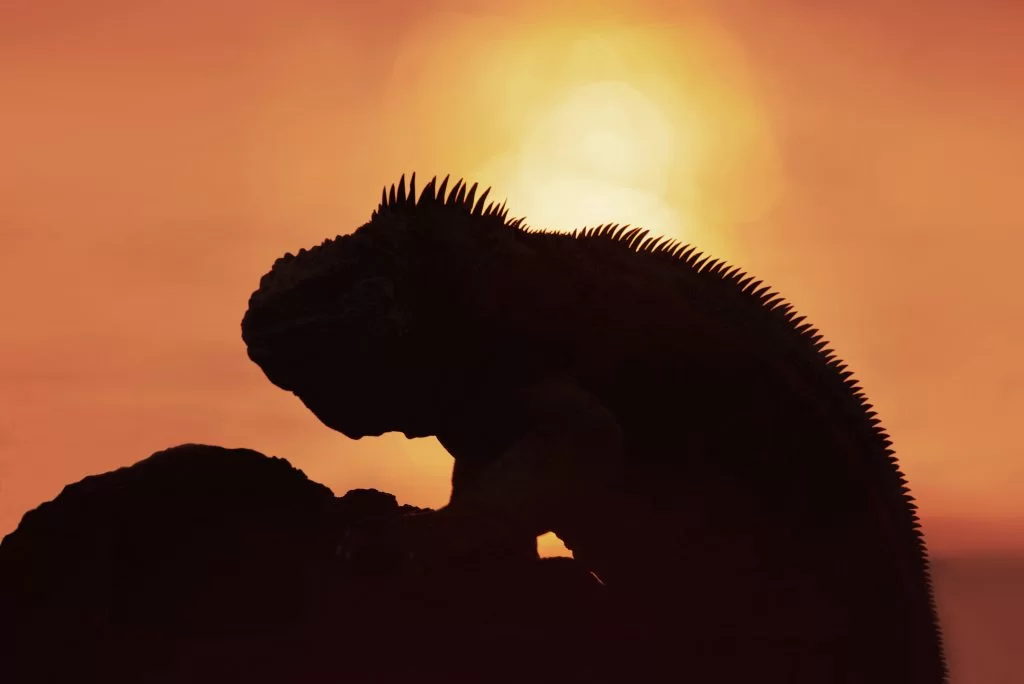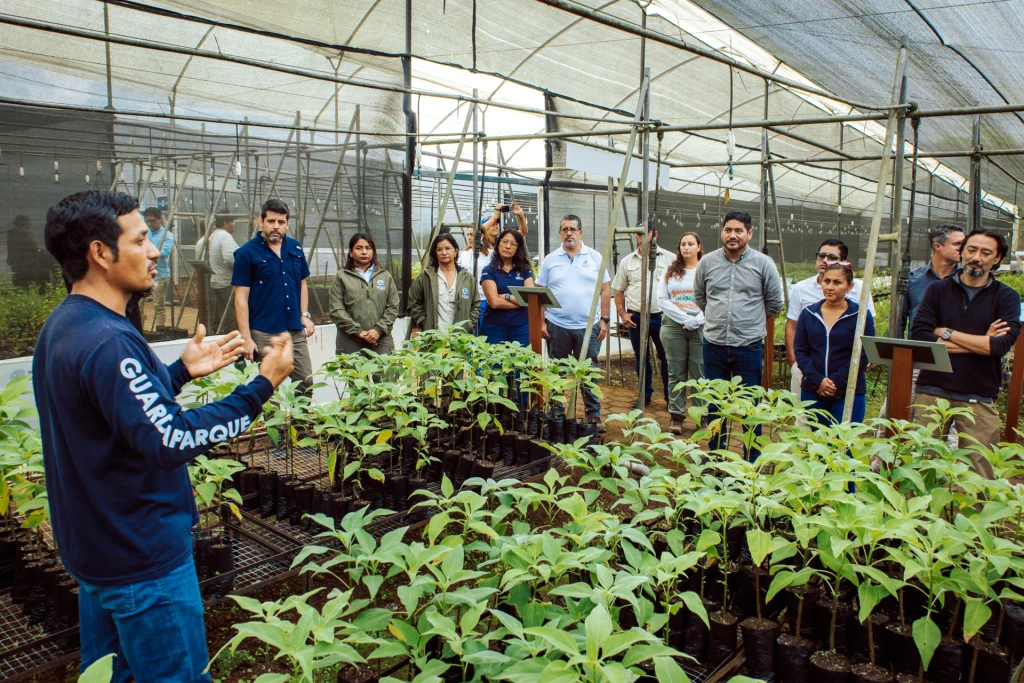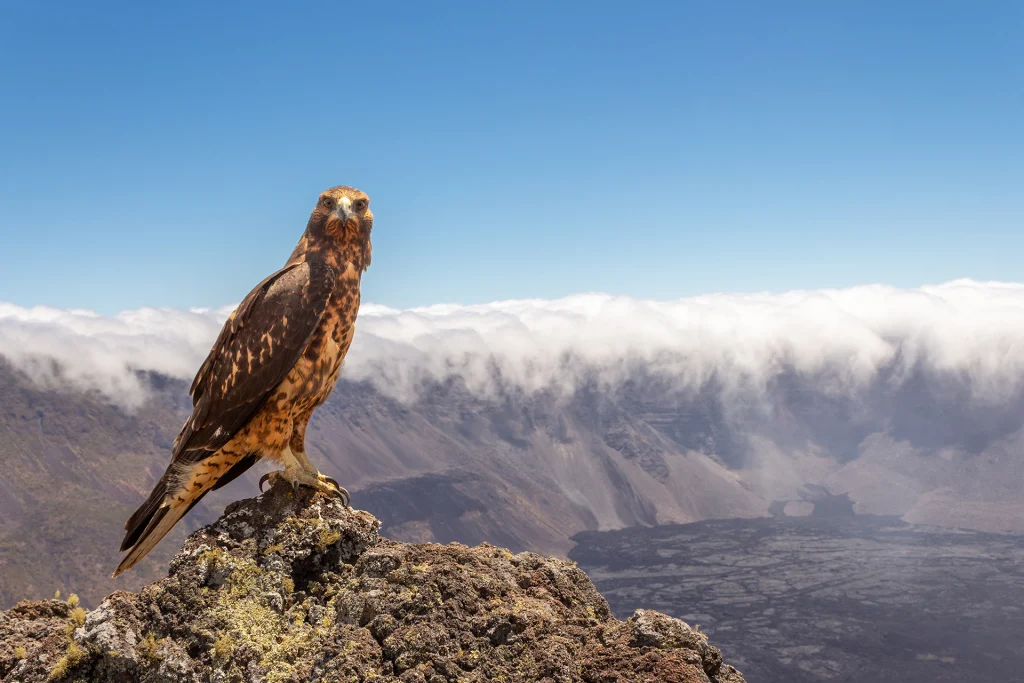For example, Iguanas are believed to have arrived in Galapagos five million years ago via rafts of vegetation that were dragged from America by ocean currents. They evolved, colonized, and adapted to the islands they now call home, becoming endemic species in Galapagos.
There are currently four types of iguanas within the Archipelago. The Marine Iguana is found on Isabela and Santa Cruz Islands, as well as San Cristobal and Fernandina Islands. The Pale Land Iguana is restricted to Santa Fe Island. The Yellow Land Iguana can be found on Fernandina and Isabela Islands. The Pink Iguana was discovered in a rare species that lives on Isabela Island’s Wolf Volcano.
Galapagos Iguanas are more than a tourist attraction. Their uniqueness has made them the center of scientific attention. Scientists want to study their ecological role in the Islands as well as their impact on their habitats. Iguanas also represent evolutionary processes. For example, the Marine Iguana is the only lizard that can be found in the ocean and was the first to do so. Galapagos Conservancy funded studies in 2015 to collect information about the Galapagos National Park’s iguana species, threats and population status to help create management recommendations.
Washington Tapia is the General Director of Galapagos Conservancy. He stated that specific conservation actions have been developed through Iniciativa Galapagos, which coordinates with the Galapagos National Park Directorate. These conservation actions will also be used to restore and protect the Land Iguana populations. Tapia stated that the Pink Iguana was the most recent species to be discovered. It is vulnerable because it is only found on Wolf Volcano. Therefore, its protection should be a top priority. This species is rare, with only 350 known individuals worldwide. Therefore, a conservation plan has been developed to protect it.
One of the most fascinating characteristics of Land Iguanas are their ecosystem engineering abilities. This means that they move soil and displace flora. This benefits the environment and the ecological integrity of the islands they live on. According to the International Union for Conservation of Nature Red List of Endangered Species, both the Yellow and Pale Land Iguanas are considered vulnerable. Critically endangered is the Pink Iguana. Galapagos Land Iguanas can be particularly vulnerable to introduced species such as feral cats and dogs that attack and destroy the nests of the iguanas, or feral pigs who eat their eggs.
The Marine Iguana’s unique ability to dive makes them the only lizards that can dive to depths up to 25m. They can stay in the water for as long as 60 minutes before returning to land to heat up. Marine Iguanas are listed by the IUCN in the Vulnerable section of their Red List of Threatened Species. The threats include pollution, invasive species and the effects climate change has on ocean temperatures.
Galapagos Conservancy uses its technical and financial resources to protect and preserve endemic species. This includes the Galapagos Iguanas, whose presence is one reason why UNESCO designated Galapagos a Natural World Heritage Site.



